We were lucky to catch up with Jason Lord recently and have shared our conversation below.
Jason, appreciate you joining us today. Can you talk to us about a project that’s meant a lot to you?
From June through September of 2021, I had the good fortune of doing a residency in Drawing Room, a project space in Carrboro. Drawing Room is part of an artist-run collective called Attic 506 above the music venue Local 506. Basically, I was handed the keys to the space with the understanding that I could do whatever I wanted in it. I wanted to draw, and so I drew every day for months. I had a lot of momentum in my art practice at the time, rooted in a daily walking ritual of about eight miles a day. My urban exploration had me thinking a lot about systems like road networks and city infrastructure. I got really interested in the grid as a visual framework, and I made hundreds–probably a thousand–drawings of grids and ways to navigate a grid. The residency took on this sort of monastic quality, and I eventually opted to delimit the output of drawings to only black and white. It was sort of like color (which I love) complicated what I was trying to get to., which was more interested in the formal qualities of line and repetition, unity and variety. I started to use my grid explorations to transform the room, both by creating wallpaper to cover the walls, ceiling, and floor and by imagining how a two-dimensional grid could happen in a three-dimensional space. I held open studio hours every weekend, and folks came in to talk with me about what I was doing and to draw in my grids using a simple strategy to which I would introduce them. Regardless of their comfort with drawing, the visitors were able to contribute to these grid drawings in a diverse and beautiful way. I could write all day about this experience, but the gist is that the experience was extremely impactful for me and my art practice. I’m still thinking about it and making work I started in that space.
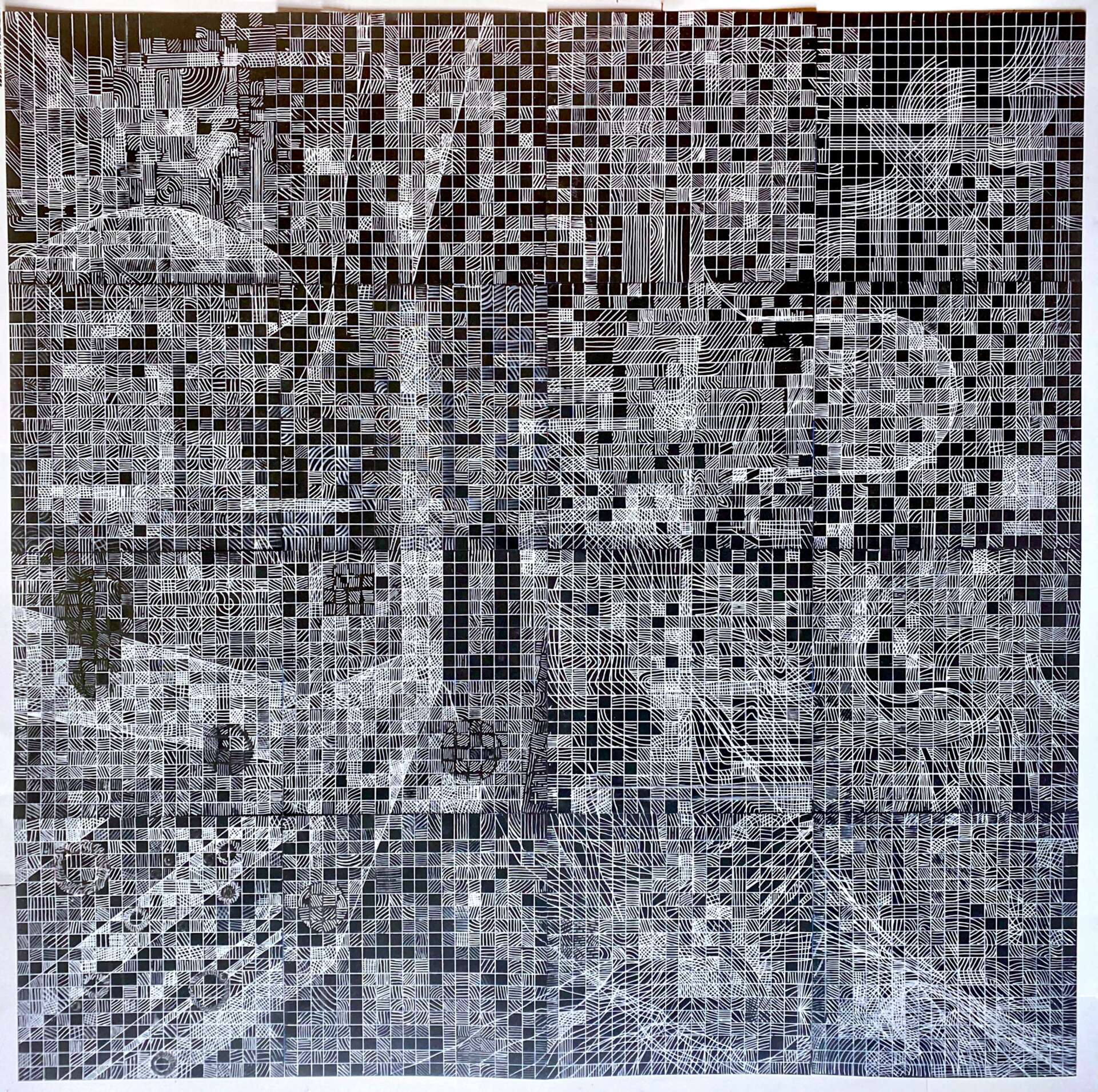
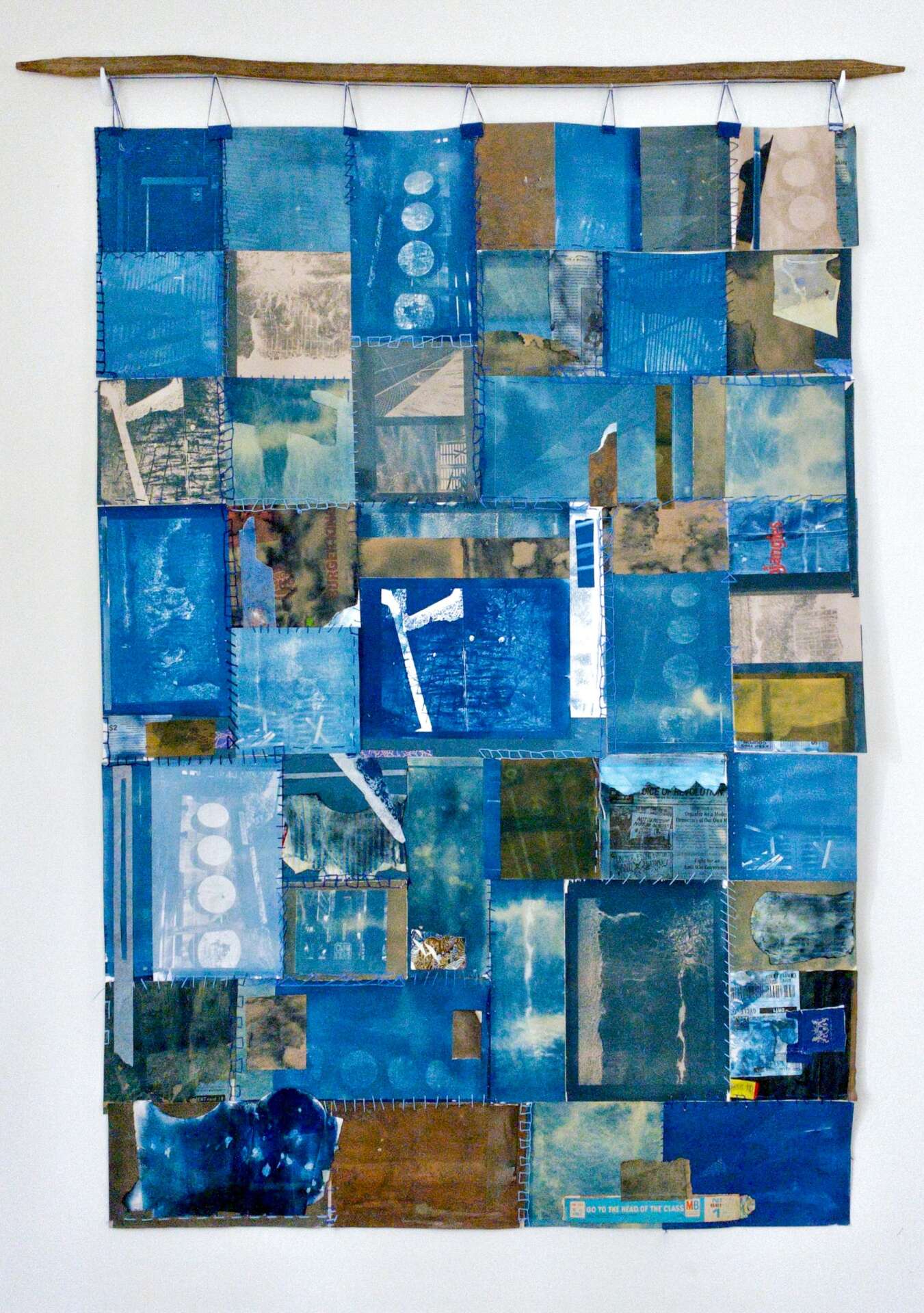
Awesome – so before we get into the rest of our questions, can you briefly introduce yourself to our readers.
I was a middle school teacher for 22 years. I taught music, theater, and visual art in various capacities, with a keen interest in arts integration and helping students (and teachers) make connections between discrete subjects. There are obvious correlations between music and math, but there are deep connections between music and literature, language, science–once folks start making connections, they get better at it and start seeing them everywhere, and that’s the exciting part of teaching for me. Because for most of my career I taught in progressive schools, I was also able to help students build skills in multiple modes of expression in order to decide how to present their learning in the best way possible. AN understanding of fractals can, in fact, be best conveyed through music. A day in the life of a microbe can be shared powerfully through a first-person monologue.
This is what I try to do as an artist. I look at disparate ideas and find connections. Then I work out how to translate them into something that helps other folks find those, or other, connections, whether it’s through drawing, video, original music composition, writing, or a found object sculpture. Artists are problem-solvers and have access to a lot of tools and skills that non-creatives just don’t practice very much. Many of us are stretchy and can work in multiple modes, which helps us to be invaluable assets to all kinds of organizations outside the strictly “arts” industries.
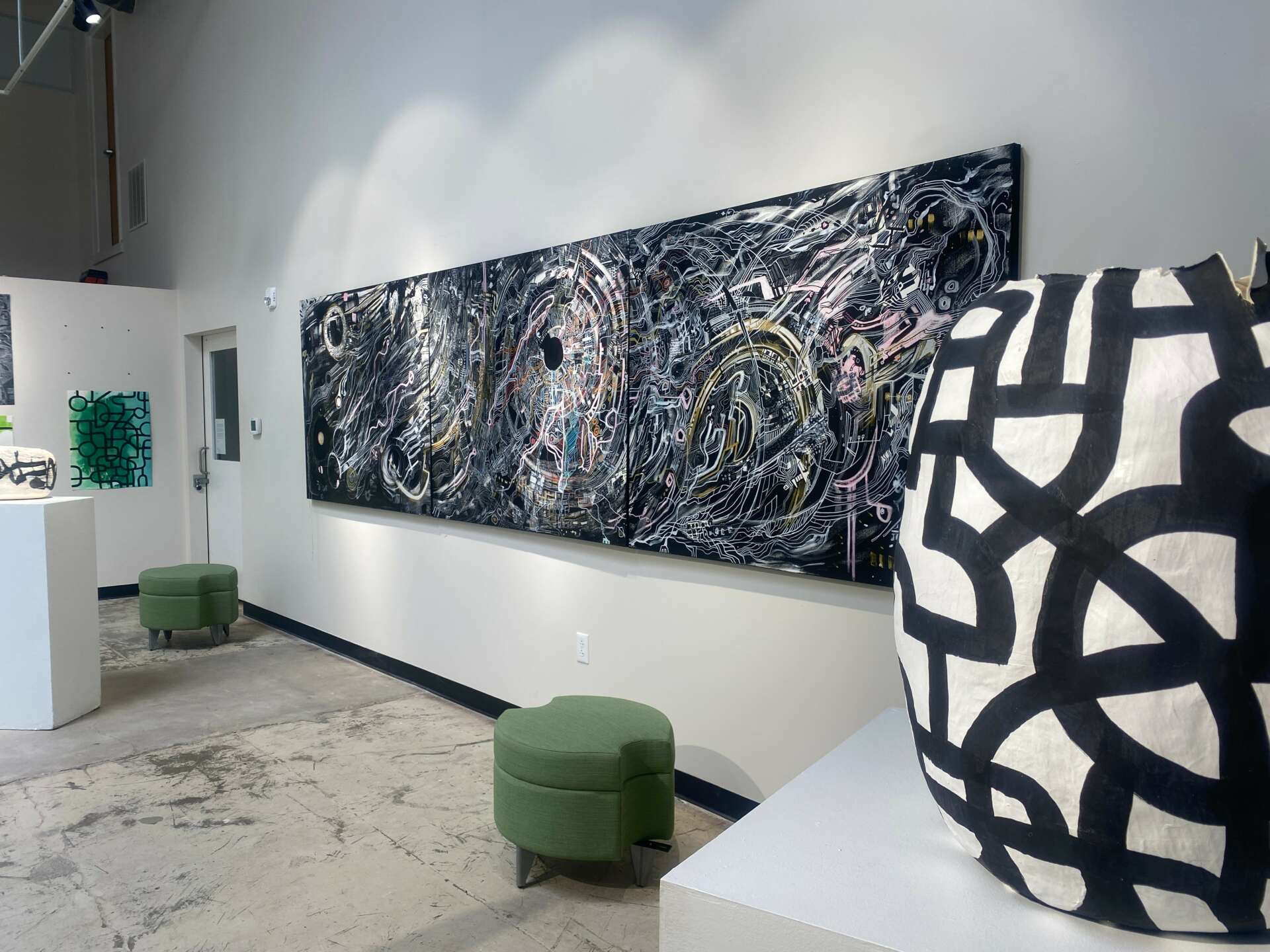
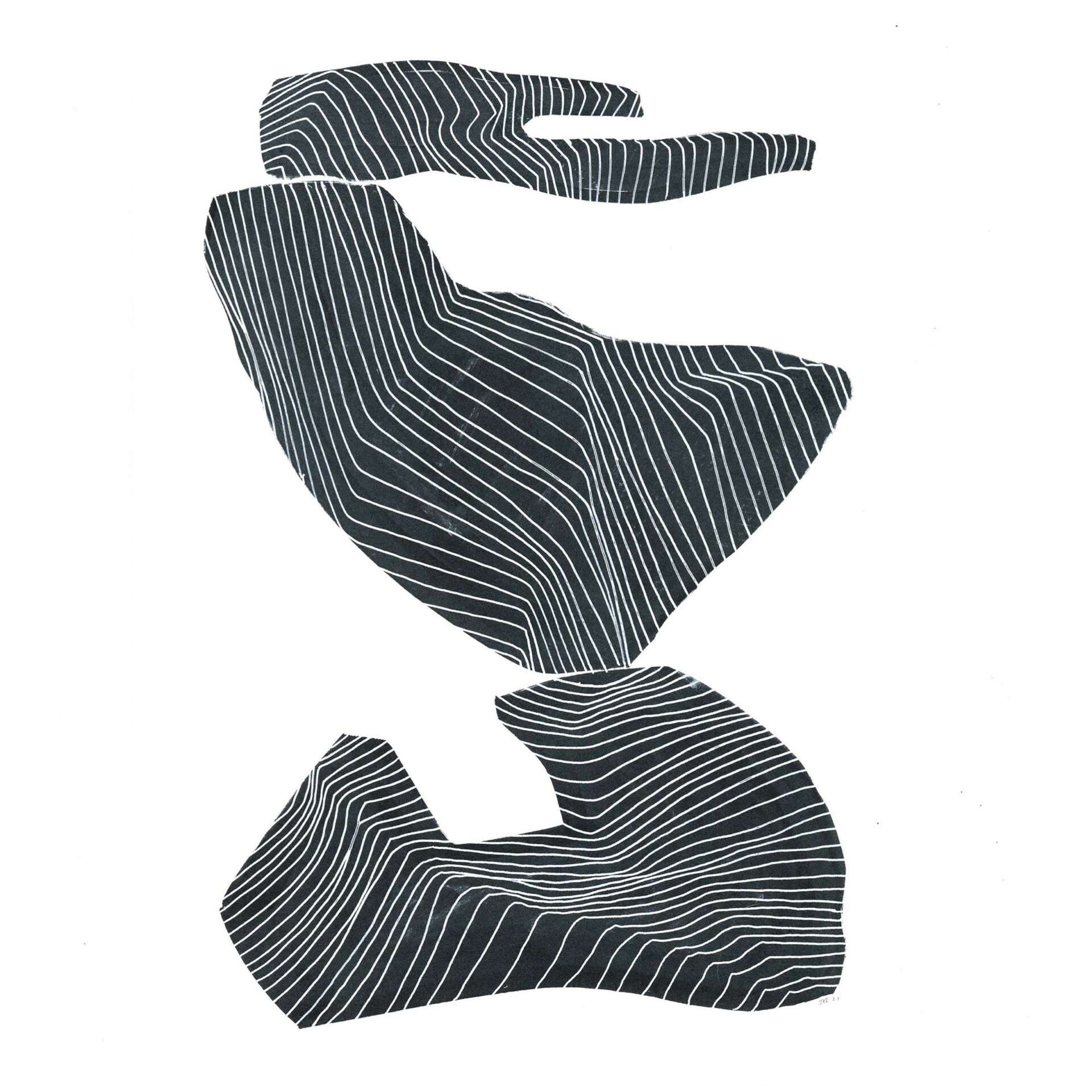

: Is there a particular goal or mission driving your creative journey?
There are lots of ways to be an artist. I want to make work that allows me to explore the curiosities I have about the world and makes space for and invites others to ask their own questions. I want to make art that invites dialogue. I want to interrogate my humanity in a way that might encourage others to do so. My art and teaching practices are deeply intertwined–in both, I want to offer various kinds of information and strategies for navigating the information depending on what you’re looking for.
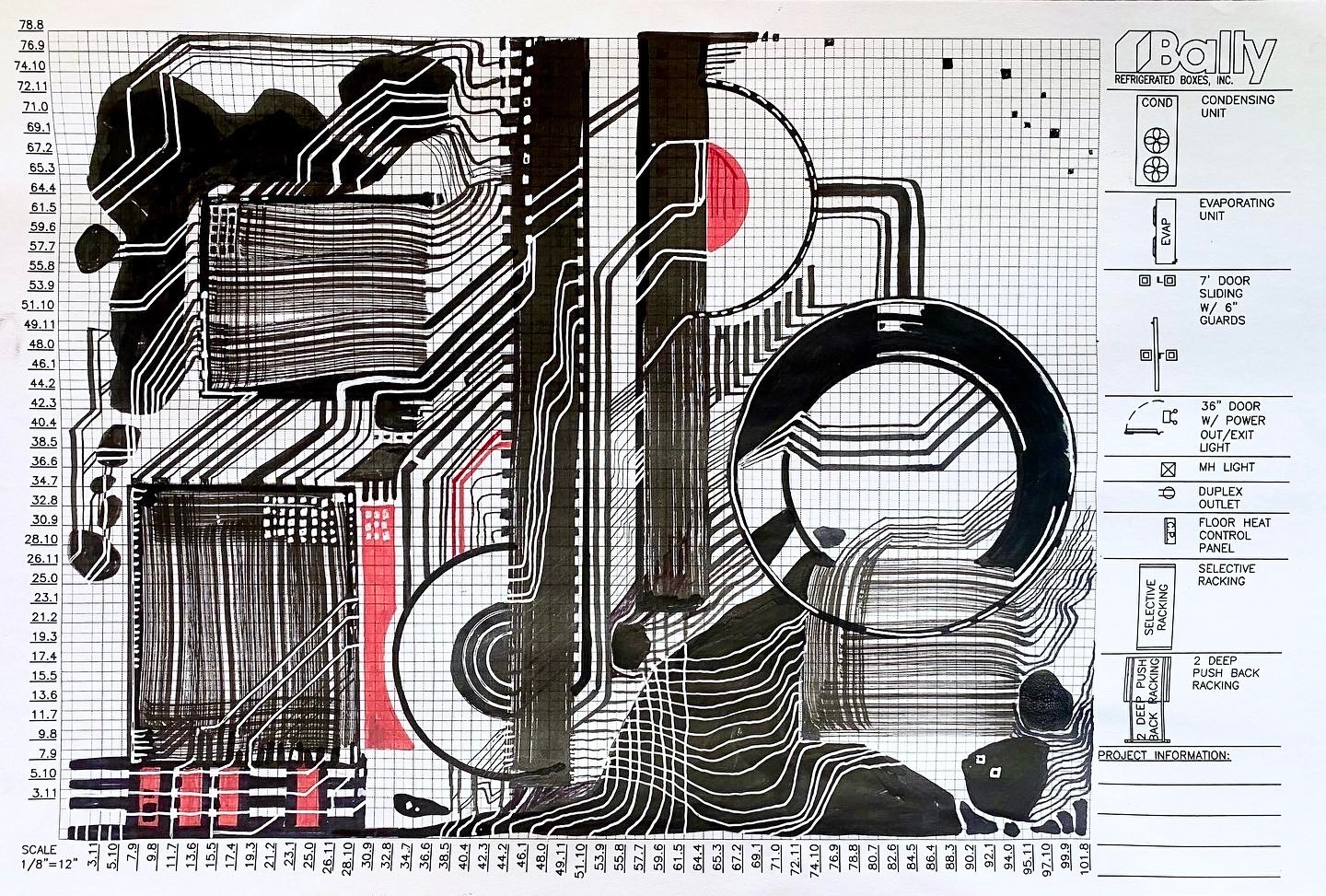
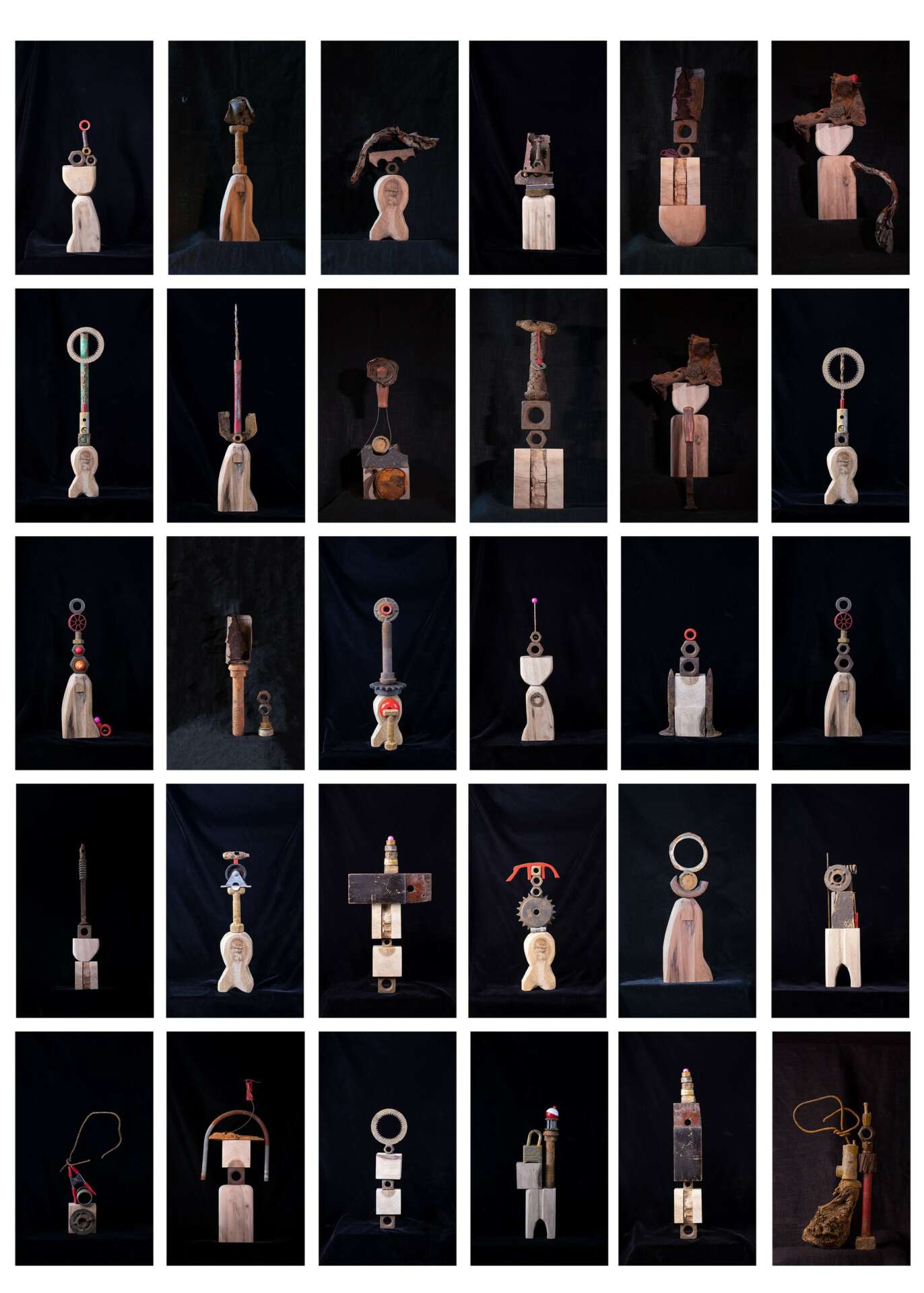
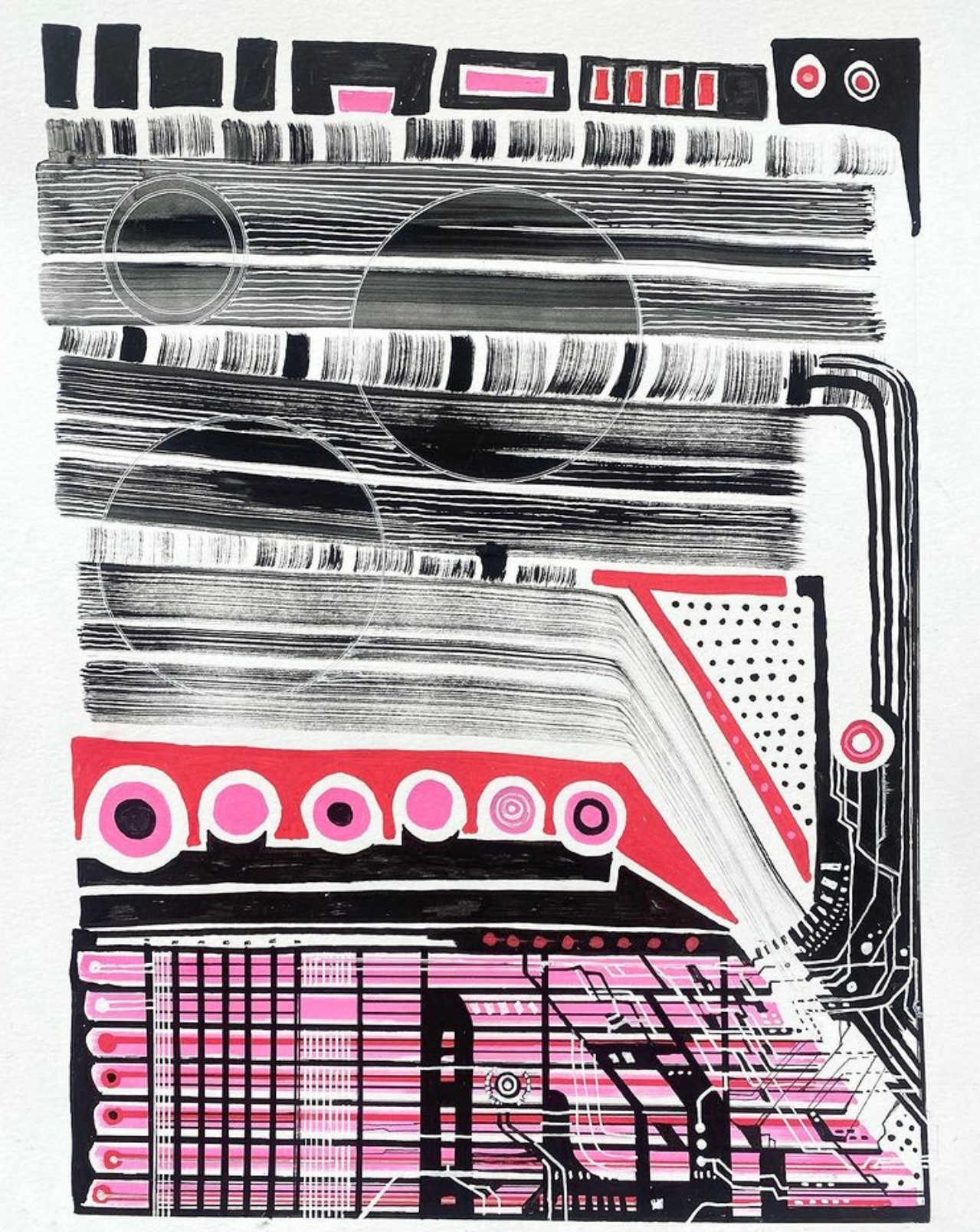
For you, what’s the most rewarding aspect of being a creative?
To be an artist is to be curious. Some artists explore concepts and some experiment with materials or modes of expression. Still, we all work through processes of making the invisible visible, or the inaudible audible, or the ethereal present. Being an artist is deeply rooted in the human experience. As such, artists are always changing, addressing new problems or questions, and our work can often change significantly. Everybody’s got to eat and pay rent, but I do wonder if when we start calling ourselves content creators, what part of the human experience we’re giving up for the maintenance of a brand. Unfortunately, artistry–that authentic, sometimes obsessive exploration of an idea– is not typically well-compensated. Here’s where you, lovely reader, can help! Buy art from a local artist and fund their ability to remain curious!!
Contact Info:
- Website: taftterrace.org
- Instagram: https://www.instagram.com/earlnc/
- Facebook: https://www.facebook.com/jason.lord.906/
- Linkedin: https://www.linkedin.com/in/jason-lord-b47b38107/
- Youtube: https://www.youtube.com/channel/UCXYQk1i-cS-zRvmt0cLlkdg


